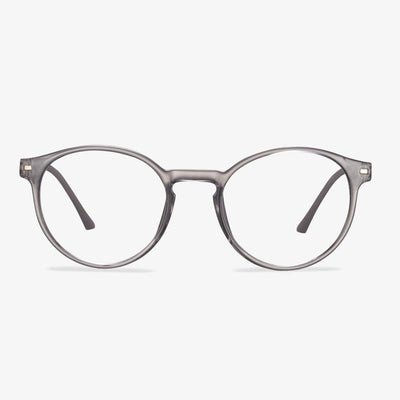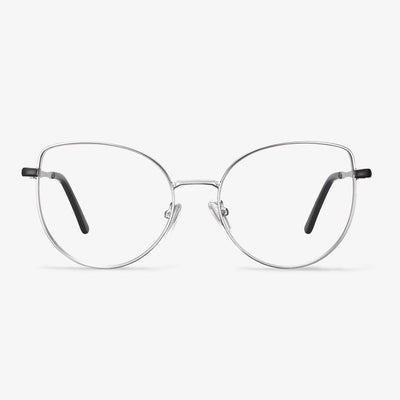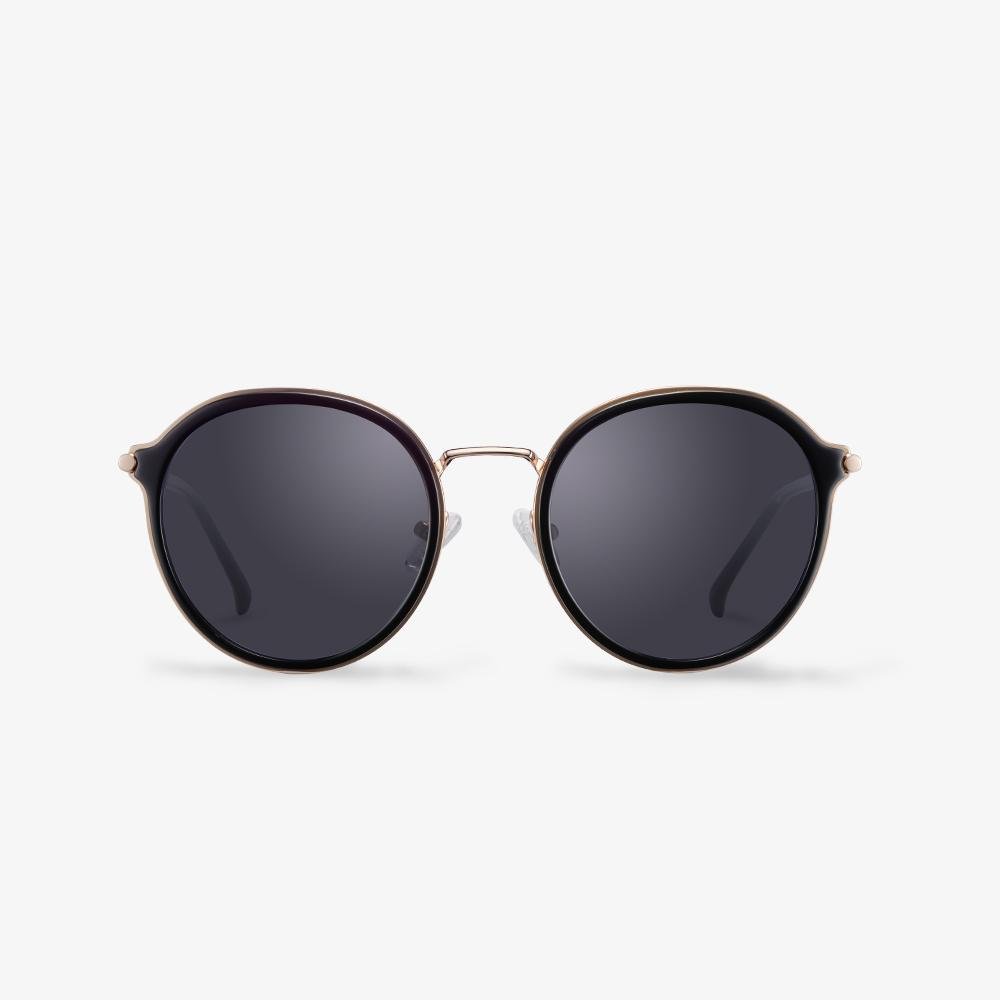Keyhole glasses are different from saddle glasses.
Glasses without nasal pads are common, usually with plastic eyewear frames and metal frames. Plastic frames without nose pads usually have a saddle-shaped nose area, therefore this type of bridge is called a saddle bridge. The keyhole is designed to touch the two points of the bridge of the nose, eliminating pressure from the top of the nose. This style is a bold fashion statement for both men and women. The design has short pads on either side of the nose, which is thought to be the most comfortable area.
Disadvantages of contact lenses
They require more care than glasses. If you don't clean your contact lenses properly, or if you don't wash your hands before touching them, you could get a serious eye infection. Wearing contaminated contact lenses not only causes damage to your eyes but causes inflammation. If you have high astigmatism, your vision may become blurry when the lenses rotate. And there are a lot of contact lens health risks. There is a lot of news exposed that many informal manufacturers use fake or shoddy materials to make contact lenses, especially for the so-called beautiful contact lens, there are more risks in dyeing and health. The damage to the eyes is unimaginable.
How do you buy prescription glasses on GlassesUSA?
Fill out a form on their website to enter a prescription, choose to have them follow up and require it later, or use their prescription scanner app on an existing pair of glasses. However, the app isn't always easy to use. You'll need your phone, a computer with enabled cookies, your glasses, and a magnetic stripe card to determine the size.
Why do my glasses hurt the top of my ears?
The problem caused by the angle of the glasses rubbing the ears is mainly caused by the following several conditions. Firstly, it may be that the outer angle is not enough so that the feet of the glasses press the ears too tightly. Secondly, the two sides of the glasses are of different heights. Thirdly, the last situation may be caused by a problem within the angle of depression.
Ada Vision Center
They will help you narrow down your options to find the look, fit, and functionality you want. Optical Glasses provides a large selection of glasses, designer frames, and sunglasses. They provide the latest collections of European and American designer glasses in a variety of styles, colors, and materials, including titanium, stainless steel, and plastic. They have a variety of glasses and sunglasses frames designed by top designers. Sunglasses add comfort to your actions. They help you learn about lens and glasses care techniques and the benefits of bifocals, progressive lenses, high refractive index lenses, and prescription sunglasses. According to your special needs, they can provide you with professional glasses sports glasses, protective glasses.
Step-by-Step Glasses Size Guide
In this section, we will show you how to perform glasses measurements. But the first thing is to know what face shape you have. If you do not know, click here to have a check.
Then you need to know where to find the size measurement of your glasses. In general, you will find numbers that look like this 51-17-145 at the temples of your eyeglasses. Of course, these numbers come at different meanings.
The first number often refers to the lens width. Lens width is the horizontal diameter of the lens at its widest point. In optometry, another term is eye size.
The second number often means the bridge width. Bridge width is the part that joins the two lenses and sits over the nose. Some refer to this as the gap. The bridge width varies between 14 and 24 millimeters.
The third number often means the temple length. The temple is the arm that keeps the sunglasses on your face. That arm extends to the part that hangs on the ears. The length is usually 135, 140, or 145 millimeters.
Lens height measures the size of the lens vertically, that is from the top to the bottom of the lens. Although sizes may differ depending on the brand, the standard size is somewhere between 32 and 38 millimeters.
What Are Varifocal Glasses?
Varifocal glasses, also known as varifocals, varifocal lenses, or progressive lenses, have a gradual change in strength from the top of the lens to the bottom with multiple focal points in between. Unlike bifocals, varifocals glasses have no specific area of lens strength, but progressive lens zones.
As mentioned above, varifocal glasses have three different prescriptions in one pair of glasses, allowing you to correct near and far vision. So, they bring you great convenience since you don’t need to change the glasses frequently.
However, there are also some common problems with varifocal glasses and we will show you the disadvantages of varifocal glasses.
So, in the following section, we will show you the disadvantages of varifocal glasses.











































